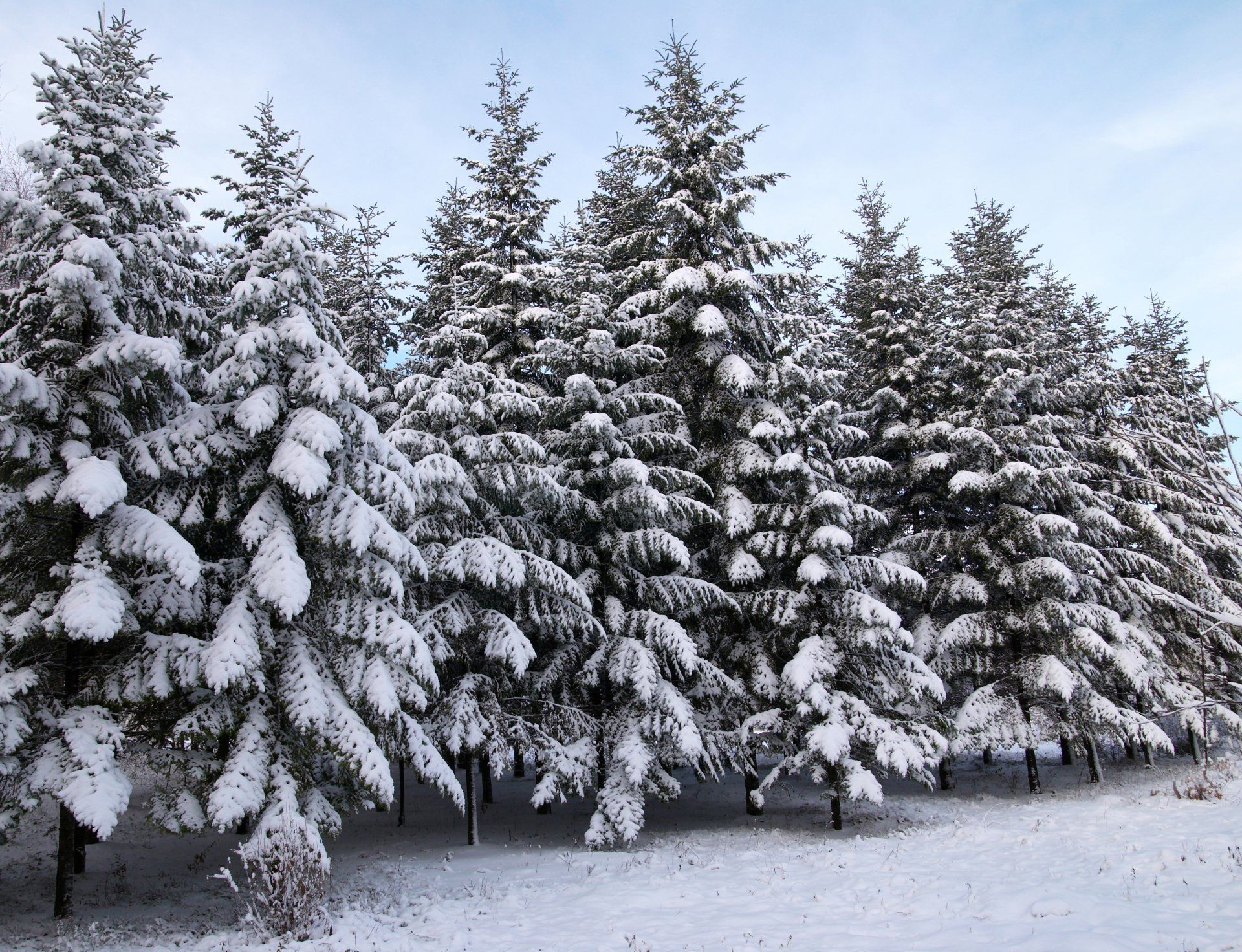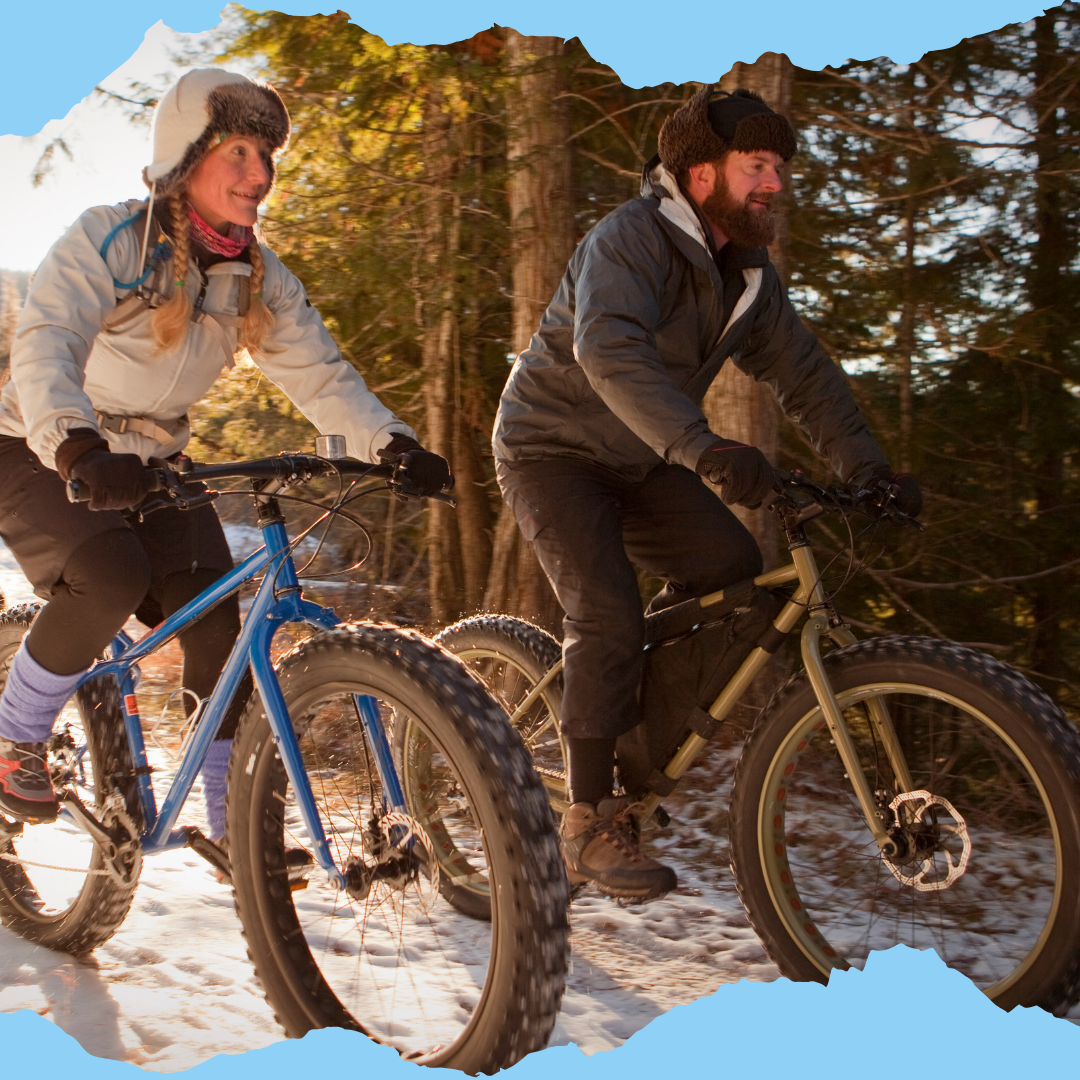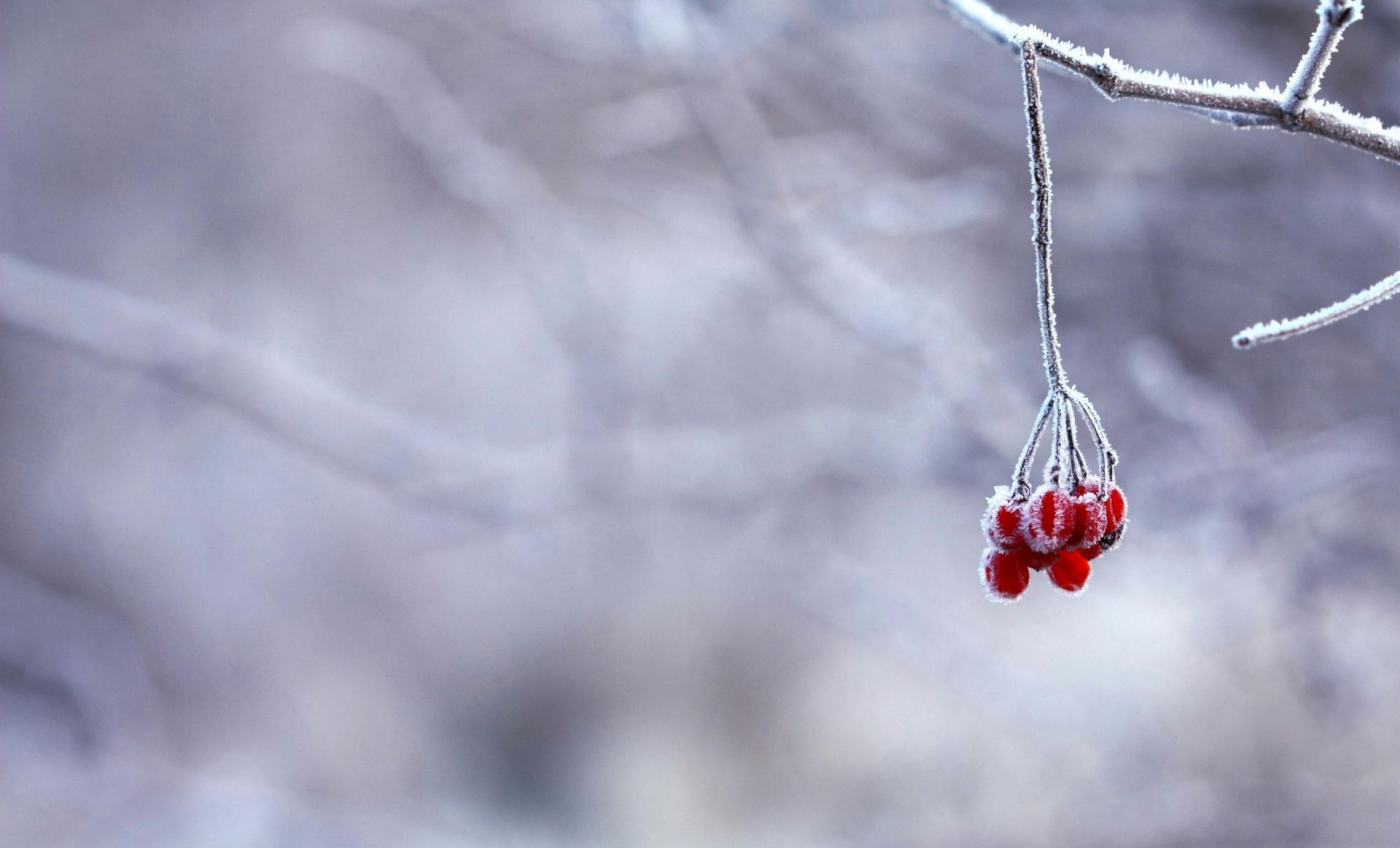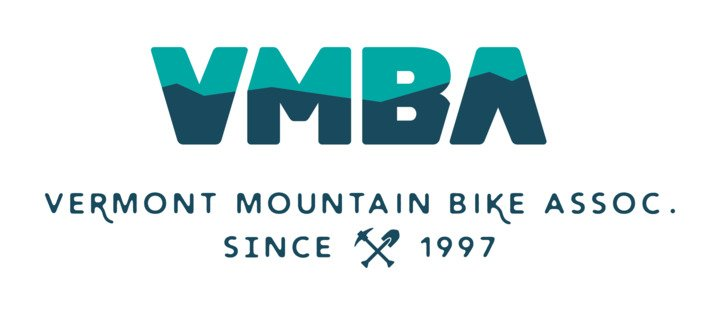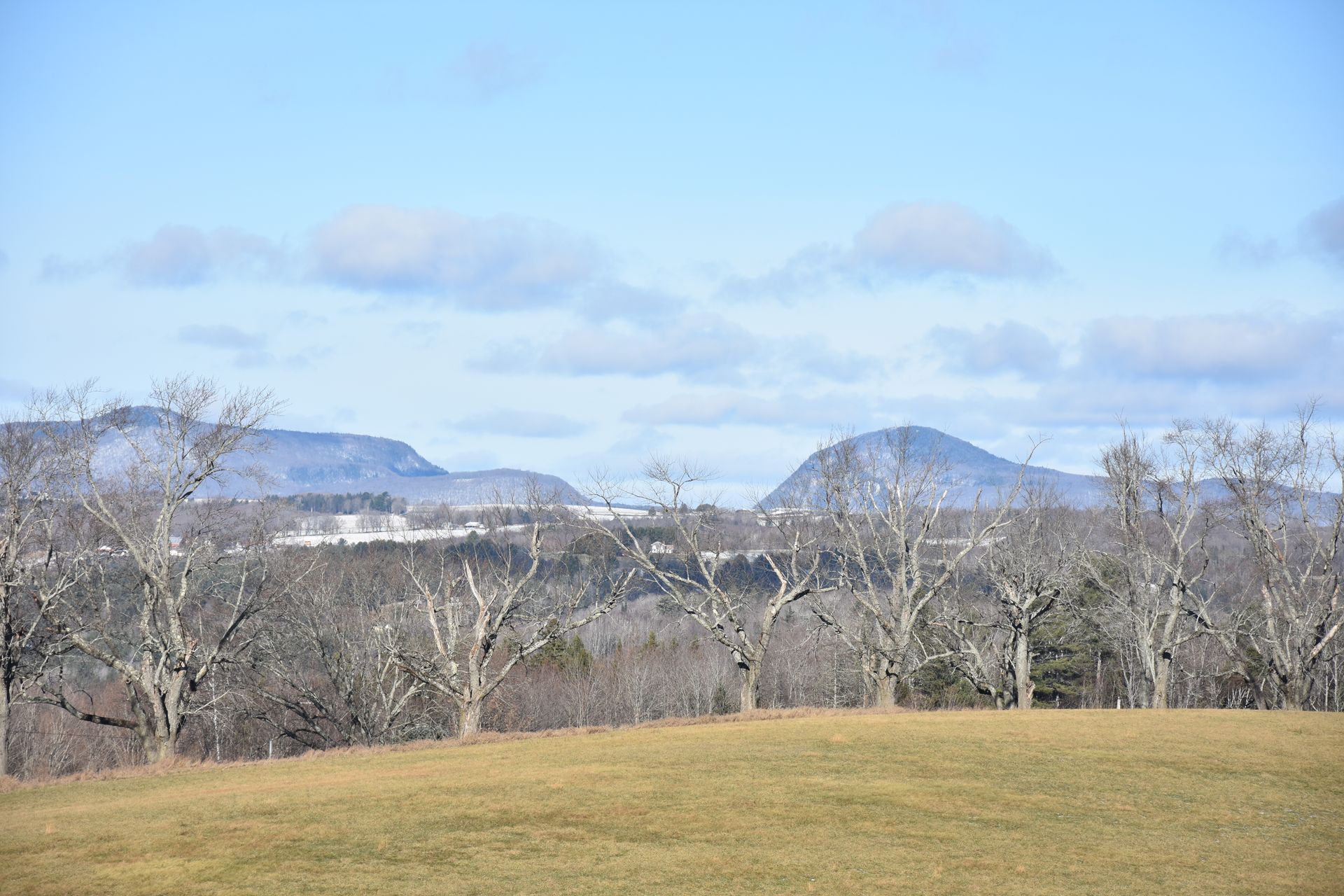
Getting to know Burke, Vermont
Our Treasured History
The Town of Burke was incorporated in 1782, and settlers started moving there around 1792. Lemuel Walter's residence is where the town was established in 1796. On the area that later became Darling's Mountain View Farm, he cleared the land and constructed a cabin. The settlement was divided into 160-acre sections by the initial surveyors. The original owners, who received the land as compensation for their contributions to the Revolutionary War, are still mentioned in deeds today. Only one or two of these original landowners ever visited Burke. The initial settlers purchased the land via land agents. 65 owners received land grants through the Town of Burke's charter, the majority of them were from Connecticut's Litchfield County.
Burke was given his name in honor of Sir Edmund Burke, a British Parliamentarian who worked to encourage peace between the American colonies and prevent a fight for independence. The owners of the Northeast Vermont grant adopted his name for their Burke, an undeveloped town. Their aspirations for freedom and independence were so beautifully articulated by Sir Edmond Burke.
The settlers traveled along marked pathways on foot, by horseback, in ox carts, or by water as far as they could travel. They located the land they required and the independence they sought, and with a lot of labor, they cleared the ground and built a house. Lumber for building and sale, as well as potash, were cash crops harvested from the forests. The earliest industry was created by sawmills using the available waterpower. Trade started after roads were built, mostly with the southern regions. While oxen and horses hauled other goods, cattle and turkeys were driven over the roads. There was a demand for traders, innkeepers, educators, blacksmiths, and other skilled workers. As the trees were gradually driven back, the farms grew and the lumber industry prospered.
The central ridge was cleared by the earliest settlers. The first public facility, which was constructed on Burke Green, had a gathering place, a church, and a school. Burke Hollow was chosen as the new location for the center since the central ridge proved to be too windy. From there, the town grew. The road split between Lyndonville and Sutton at South Burke, with one fork leading to Burke Hollow through Bugbee Crossing. Because of the river valley and its convenient access to Lyndonville to the south, East Burke was presumably populated early. West Burke's waterpower, forestry, and farming were likely factors in its settlement. West Burke benefited from the railroad since it was in a good location with the nearby hills in Sutton, Newark, and Burke. Incorporated village status was granted to West Burke in 1901.
Burke's citizens established the Burke Historical Society in 1895. Their early efforts to preserve the significant records and tales of early inhabitants have helped to preserve the history of the town and its founding. The main families who settled in Burke are profiled in their documents. There are still descendants of those early settlers in town today, 200 years and six generations later.
Around the turn of the century, the town got electricity, and soon after that, cars and trucks. There were not many mills because the majority of the lumber had been evacuated from the area. As dairy farms grew bigger over time, tractors began to replace horsepower in the early 1940s. Many of the farmers began their businesses after World War I, and as they became older, there was no one to take their position. Dairy farming fell because the small farmers were unable to compete. The town's agricultural changed to the way it is today in the 1960s as a result of a government policy to remove land from farming.
In Vermont, there was a movement to establish a tourist state in the late 1800s. Willoughby Lake served as the summer home for guests who arrived in West Burke by rail and then continued to the lake, enabling Westmore to flourish. This helped the village's economy. Following road improvements, train traffic decreased while cars and trucks replaced them as the preferred mode of transportation. Livery stables and feed stores were replaced with gas stations and garages. The shops altered as the locals began doing business in the south. Social organizations shrank as more people could go to bigger cities.
Burke Mountain's slopes were used to harvest lumber for sawmills; finally, a road to the summit was blazed and a single shelter was erected. The mountain's timber was gradually transformed into lumber. Burke Mountain was bought by Elmer Darling in 1904, and a forest fire broke out the following year. Elmer Darling agreed to provide and install a tower after seeing the necessity for a fire detection service. In 1910, a carriage route was built up the mountain, and in 1932, it was converted into an auto road leading to the top. Burke Mountain entered a new stage of development because to the road, the Darling Family's donation of property for a park, and the efforts of the Civilian Conservation Corps (CCC). The stone cottage at the bottom of the toll road was built by the CCC after more than two kilometers of ski trails had been cleared. The people who looked after the park lived in the stone house. Local skiers used the road and trails for a variety of activities once the toll road was finished, most of which were supported by the Lyndon Outing Club.
13 local men established a corporation in 1953, and this was the first step in the Burke Mountain ski area's growth. Vacation homes, a rise in out-of-town land ownership, and subsequent changes to Burke's scenery all resulted from this growth. Vermont Educational TV constructed a structure to house its equipment in 1966 after demolishing the camp on the mountain's summit. The region is served by a steel tower that originally housed a fire tower and now has a number of telecommunications facilities. The ski area has been owned by a number of different organizations, each of which has contributed differently and expanded the leisure area's appeal in some way.
Elmer Darling gave a lot of support to the Burke community. He built structures, acquired a sizable amount of property, ran farms and mills, and actively participated in the community. Elmer began working for his uncle Alfred at the renowned Fifth Avenue Hotel in New York City when he was 24 years old. Because of his accomplishment, he gained ownership and started to buy land in Burke. He bought the Harley Hall property in 1883 and continued to add to his holdings until he was said to have the biggest farm in the state of Vermont. The superintendent was Elmer's brother Lucius, and the bookkeeper was Louise. Elmer Darling controlled 953 acres of "Darling Hill," largely farmland, by 1896. The majority of the guys in East Burke at that time were employed there. Elmer Darling had a keen interest in the Morgan breed and had great success in producing prize-winning, admirable horses.
A colonial-style mansion built by Elmer Darling began building in 1905 and was completed in 1908. He gave the home the name "Burklyn Hall." It had five caregivers and 23 bedrooms. In 1907, Elmer upgraded the sawmill in the East Burke village and built a new dam and dynamo to supply water to his mountaintop Mountain View property. Additionally, he installed an electric light plant for the farm and provided electricity to the hamlet. The facility was destroyed by the flood of 1927, and it was never rebuilt.
The Burke Mountain Clubhouse was erected by Elmer Darling as a community center, gathering spot, and library in the East Burke town. The Burke Band could thereafter play in the gazebo he constructed close to the Clubhouse.
Elmer Darling possessed 7,000 to 8,000 acres when he passed away in 1931. The state of Vermont's Forest and Parks division received the land he held on the mountain as a deed, giving rise to the name "Darling State Forest."
A very special thank you to the Town Of Burke and their website for providing all this information.
You can visit their website below:

